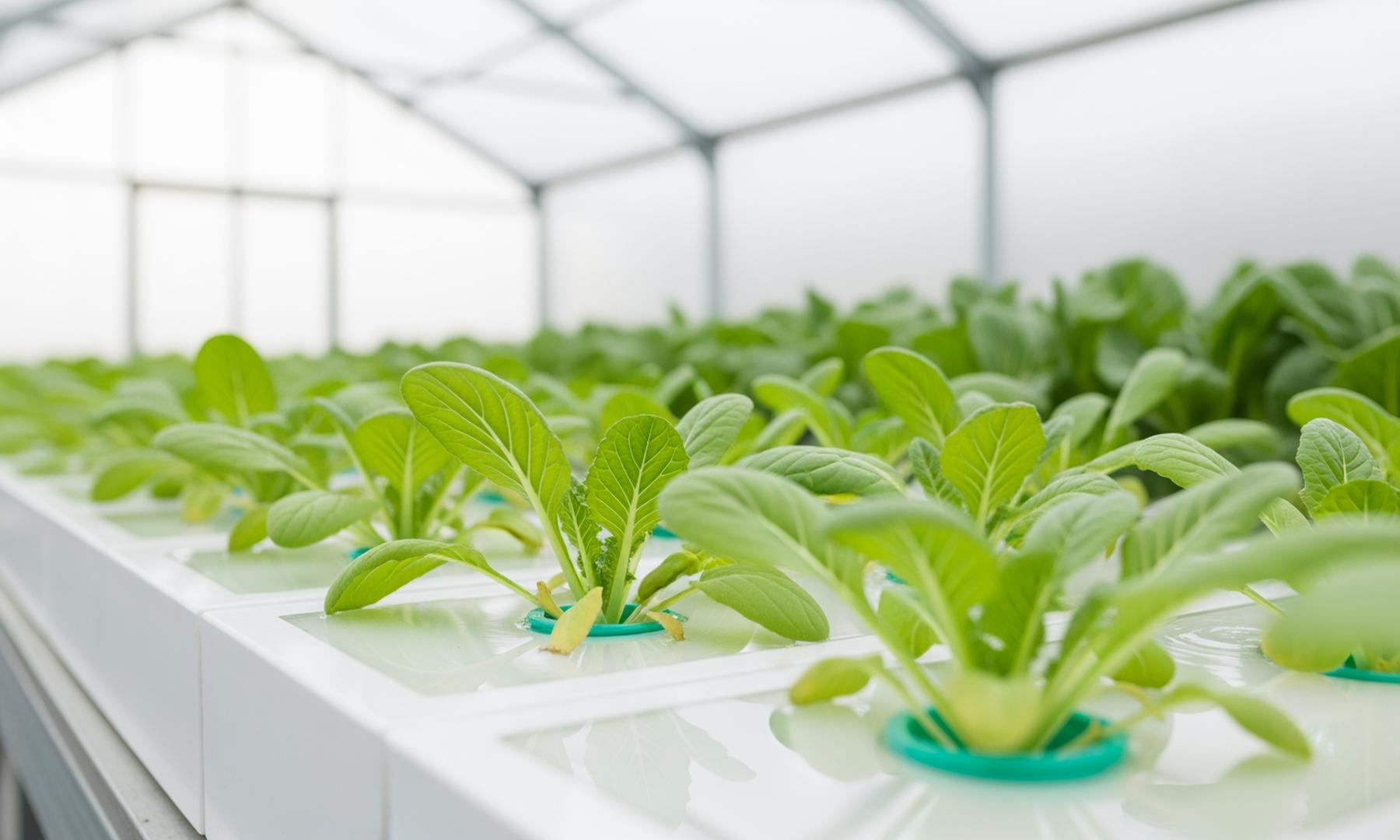What's Happening?
A study published in Nature examines strategies for reconciling crop production with climate action and nature conservation in Europe. The research identifies suboptimal cropland, characterized by low
productivity and environmental impacts, and proposes revegetation through natural regrowth or afforestation. The study explores scenarios of intensification and extensification, aiming to balance crop production losses with environmental benefits. Intensification involves converting mosaic cropland to pure cropland, while extensification introduces non-crop vegetation into pure cropland. The study highlights the potential for carbon sequestration and biodiversity improvements through these strategies, while addressing trade-offs between agricultural productivity and environmental conservation.
Why It's Important?
The study's findings are crucial for policymakers and stakeholders in agriculture and environmental conservation, as they offer insights into sustainable land management practices. By identifying suboptimal cropland and proposing revegetation strategies, the research provides a framework for enhancing carbon sequestration and biodiversity while maintaining crop yields. This approach could inform policy decisions on land use and agricultural practices, contributing to climate change mitigation and biodiversity conservation efforts. The study underscores the importance of integrating environmental considerations into agricultural planning, which could have long-term benefits for ecosystem health and food security.
What's Next?
The study suggests further research and implementation of the proposed strategies to assess their effectiveness in real-world scenarios. Policymakers may consider adopting these approaches in agricultural and environmental policies, potentially leading to changes in land use regulations and incentives for sustainable farming practices. Collaboration between governments, researchers, and agricultural stakeholders will be essential to refine and implement these strategies, ensuring they align with regional conservation goals and climate action plans. Monitoring and evaluation of the impacts on crop yields, carbon sequestration, and biodiversity will be critical to measure success and guide future adjustments.












